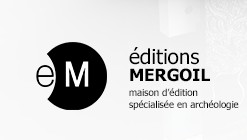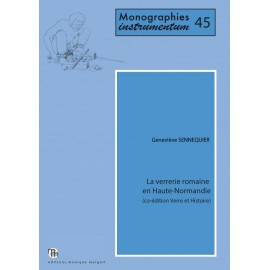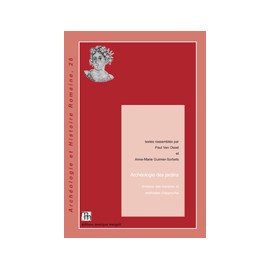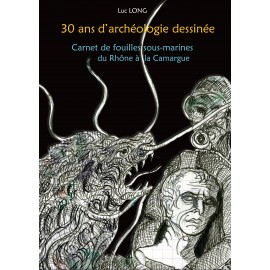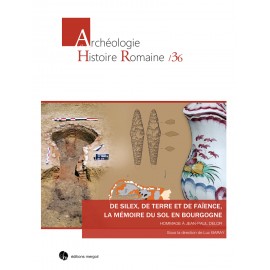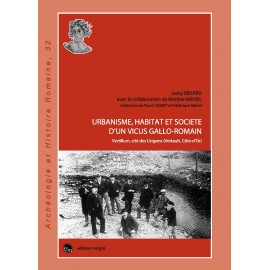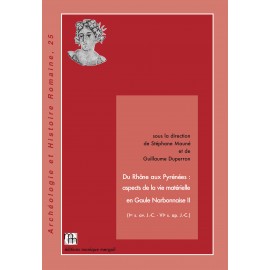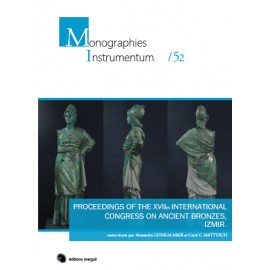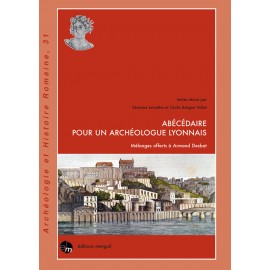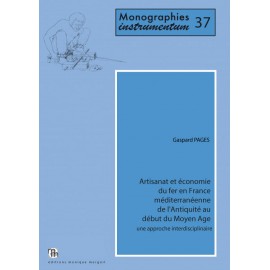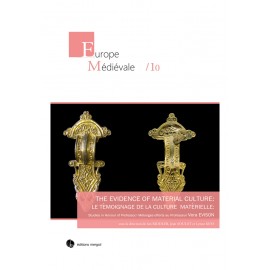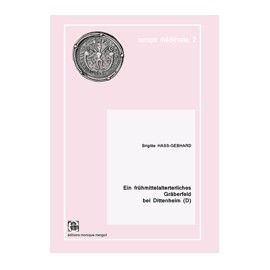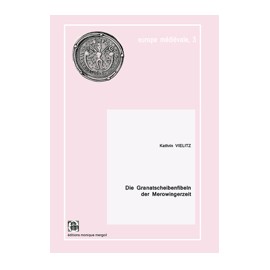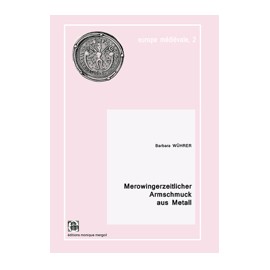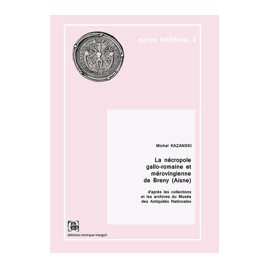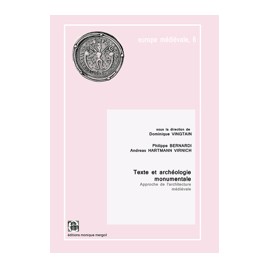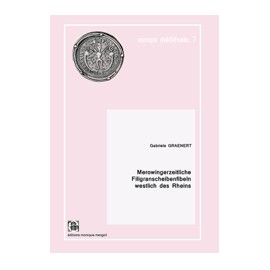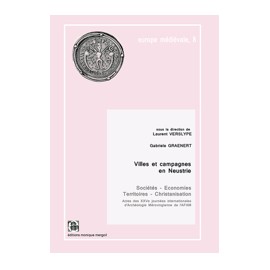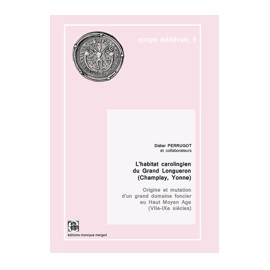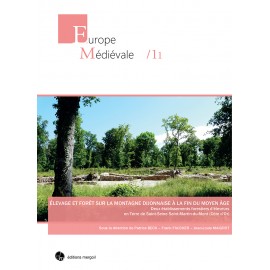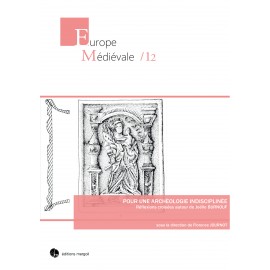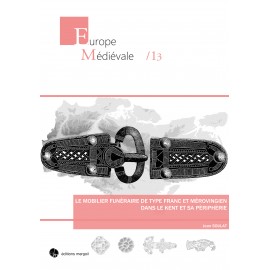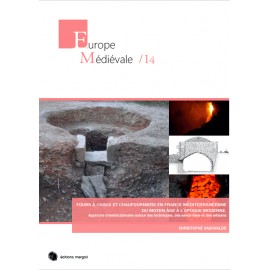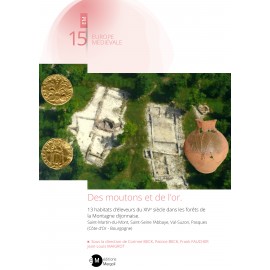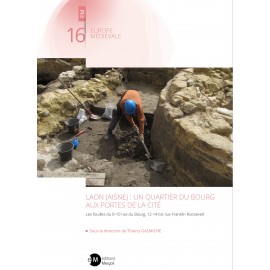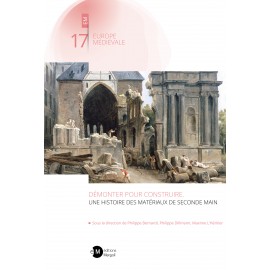No products
Prices are tax included
Product successfully added to your shopping cart
There are 0 items in your cart. There is 1 item in your cart.
Europe Médiévale
- Archéologie et Histoire Romaine
- Archéologie Moderne et Contemporaine
- Archéologie des Plantes et des Animaux
- Archéologie du Paysage
- Archives & Histoire de l'Archéologie
- Europe Médiévale
- Monographies Instrumentum
- Préhistoires
- Protohistoire européenne
- Research Protocols
- Off collections
- Les cahiers de saint-michel de Cuxa
- Second-hand
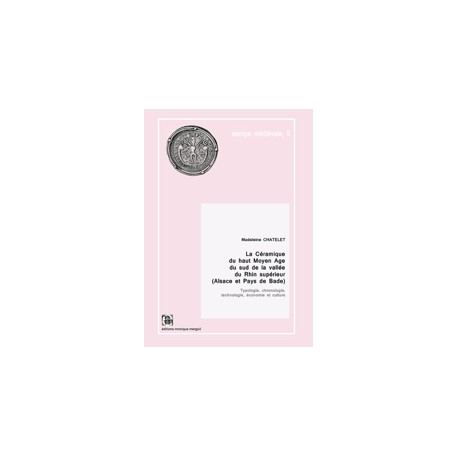 View larger
View larger La Céramique du haut Moyen Age du sud de la vallée du Rhin supérieur.
EM-05
New
Madeleine CHATELET - La Céramique du haut Moyen Age du sud de la vallée du Rhin supérieur (Alsace et Pays de Bade). Typologie, chronologie, technologie, économie et culture, (préf. R. Fossier) (Vorwort von H. Steuer), (EM 5), 2002, 614 p., 246 fig., 194 pl. dt 2 coul. (ISBN: 2-907303-66-X)
This product is no longer in stock
More info
Early mediaeval pottery from the northern half of France has, to date, received little scholarly attention; its development during this period remains difficult to assess. The present work, which covers the southern Upper Rhine valley on the fringes of the Frankish and Alamannic territories, encompasses Alsace on the left bank of the river and Bade on the right bank. This exhaustive study of pottery from 162 sites (settlements and cemeteries) is based on 16,440 pottery fragments and 506 complete forms. The research does not include production sites, as yet unlocated. The four main aims of the study are to establish a pottery chronology using a quantitative approach, to analyse technological and morphological changes to the pottery over time, to reconstruct production and distribution frameworks by examining manufacturing techniques and to assess the pottery’s cultural significance through historical comparisons.
In addition to setting out a chronology, the present study provides clear evidence for significant reorganisation of pottery production during the 7th century, when hitherto scattered workshops were reorganised into centralised production sites. This concentration of resources brought about a series of changes which influenced manufacturing methods, the range of pottery types and the distribution of products. Using both archaeological and historical data has enabled the author to place these developments within the more general context of economic and political changes which affected the Alammanic territory during this period. The pottery analysis has also significantly enhanced our knowledge of the region’s settlement pattern, pointing to an originally mixed population subject to either Frankish or Alammanic influence, depending upon the area. On the basis of these observations it can be demonstrated that the territory was divided into three distinct cultural and economic units whose borders remained intact well beyond the Merovingian period, and throughout the Middle Ages.
